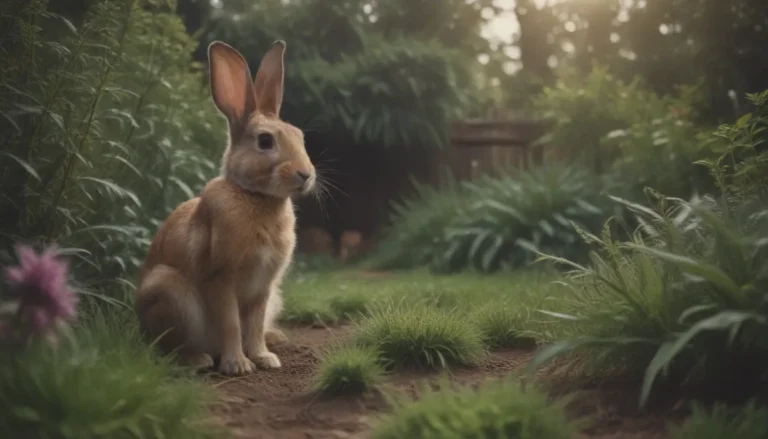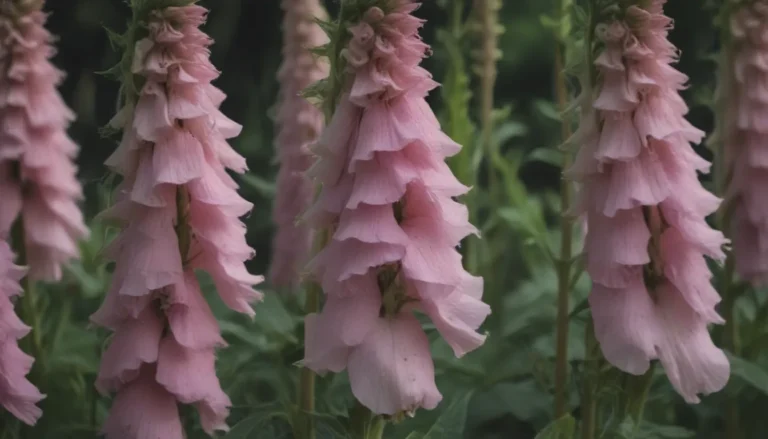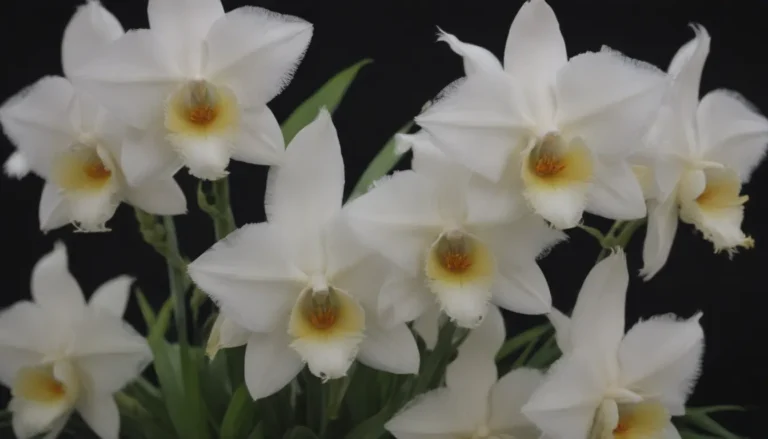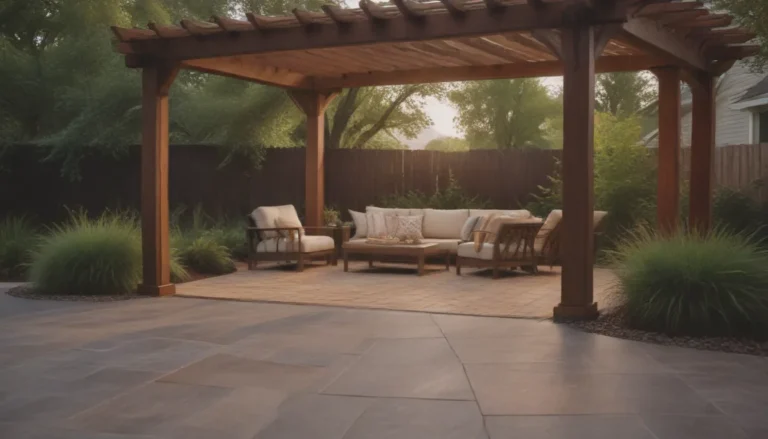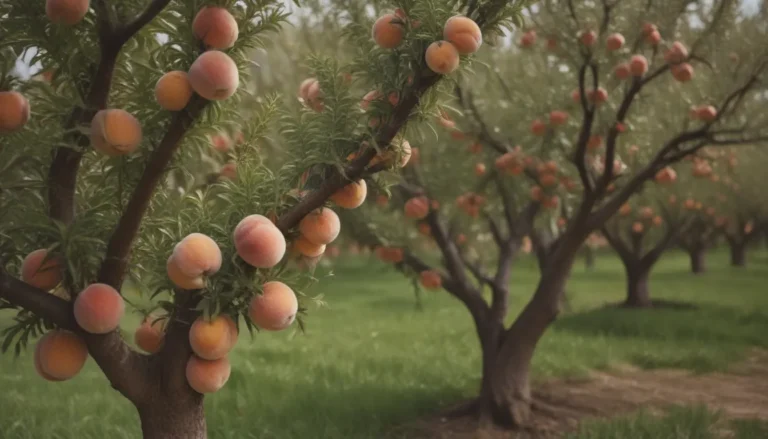The Ultimate Guide to Growing and Caring for Bloodgood Japanese Maple
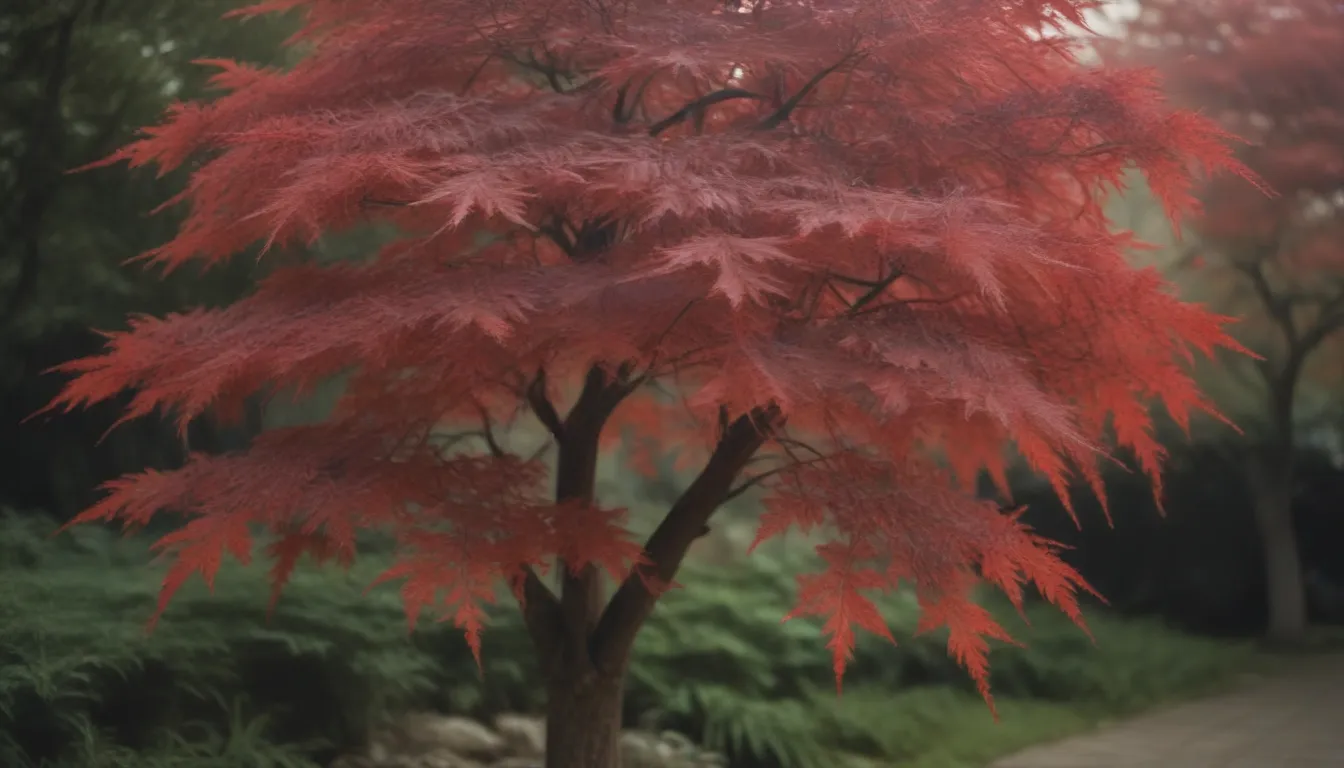
If you’re looking to add a touch of elegance to your yard, the ‘Bloodgood’ Japanese maple is the perfect choice. This deciduous tree is ideal for smaller yards, and its stunning red foliage makes it a popular choice for many garden enthusiasts. Whether you’re looking to grow it as a specimen tree or as a bonsai, the ‘Bloodgood’ Japanese maple is sure to impress. In this comprehensive guide, we’ll walk you through everything you need to know to successfully grow and care for this beautiful tree.
Why Choose the ‘Bloodgood’ Japanese Maple
Before we dive into the specifics of caring for a ‘Bloodgood’ Japanese maple, let’s take a moment to appreciate why this tree is such a popular choice for many gardeners. Here are a few reasons why you might want to consider adding a ‘Bloodgood’ Japanese maple to your yard:
- Ideal for smaller yards: The ‘Bloodgood’ Japanese maple is a slow grower that reaches a maximum height of 20 feet, making it perfect for smaller yards.
- Stunning red foliage: The red foliage of the ‘Bloodgood’ Japanese maple is at its brightest in the spring, adding a vibrant pop of color to your garden.
- Versatile use: Whether you’re looking to grow it as a specimen tree or in a bonsai style, the ‘Bloodgood’ Japanese maple is a versatile and visually appealing choice.
‘Bloodgood’ Japanese Maple Care Guide
Now that you’re familiar with the beauty of the ‘Bloodgood’ Japanese maple, let’s delve into the care requirements for this unique tree.
Light
Dappled shade is the ideal exposure for the ‘Bloodgood’ Japanese maple, although it can tolerate a bit more shade if needed. In hot climates, providing some shade can help prevent leaf scorch. Keep in mind that exposure to full sun may cause the leaves to develop some green coloration.
Soil
The ‘Bloodgood’ Japanese maple prefers well-draining soil that is neutral to slightly acidic (pH 5.0 to 7.0). Adding a loose mulch, such as wood chips or pine needles, can help retain moisture in the soil. Remember to re-mulch every year to maintain optimal soil conditions.
Water
After planting your tree, water it regularly to establish healthy root growth. Once the tree is established, water it only during hot and dry weather conditions. Be cautious not to over-water, as this can lead to root rot.
Temperature and Humidity
Protect your Japanese maple from strong winds and extreme heat, as these can cause distress to the tree. Mulching the soil and adequate watering during hot weather can help minimize damage.
Fertilizer
Avoid over-fertilizing your ‘Bloodgood’ Japanese maple, as this can cause more harm than good. Apply a small amount of organic slow-release fertilizer in the spring before the leaves emerge, and fertilize annually in early summer.
Types of Japanese Maples
In addition to the ‘Bloodgood’ Japanese maple, there are other varieties of Japanese maples that you may consider for your garden. Here are a few popular options:
- Acer shirasawanum ‘Aureum’ (Golden Full Moon)
- Acer palmatum ‘Beni-kawa’
- Acer palmatum ‘Harriet Waldman’
Pruning Tips
Pruning your ‘Bloodgood’ Japanese maple can help shape its growth and maintain its health. While young plants can be pruned to encourage specific branching patterns, mature trees only require standard maintenance pruning.
Propagating ‘Bloodgood’ Japanese Maple
Nurseries typically propagate Japanese maples through grafting, as growing them from seeds may not produce true-to-type trees. It’s best to purchase a young ‘Bloodgood’ Japanese maple rather than attempting to propagate one yourself.
Common Pests & Plant Diseases
While Japanese maples are relatively resistant to diseases and pests, some common issues to watch out for include aphids, scale, borers, and root weevils. Preventing diseases such as root rot and Verticillium wilt can be achieved by allowing the soil to dry out between watering sessions.
Overwintering Tips
Protecting the roots of your ‘Bloodgood’ Japanese maple during the colder months is essential for its health and vitality. Adding a layer of mulch can shield the roots from freezing temperatures and help retain moisture. If growing a bonsai form of the tree, consider moving it indoors during the winter.
Common Growing Problems
Keep an eye out for common growing problems, such as yellowing or curling leaves. Yellowing leaves may indicate a nutrient deficiency, while curling leaves can be a sign of over or under-watering. Adjusting your watering and fertilization practices can help resolve these issues.
In conclusion, the ‘Bloodgood’ Japanese maple is a beautiful and versatile tree that can enhance the beauty of any garden. By following the care tips outlined in this guide, you can ensure that your ‘Bloodgood’ Japanese maple thrives and continues to delight you for years to come. Happy gardening!

